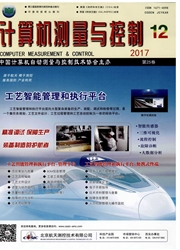

 中文摘要:
中文摘要:
在无线传感器网络中,分簇技术是一种有效延长网络生命周期的方法;但是这种多跳的网络模型,如果节点均匀分布并且簇的大小相等,则靠近基站的簇头由于要中继更多的数据,则会导致能量空洞现象;因此提出一种非均匀分簇方法来缓解能量空洞问题;首先,通过节点的剩余能量、到基站的距离以及邻居节点数量来选择簇头;簇一旦形成之后,通过单跳和多跳的混合机制将数据发送到基站;实验结果表明,此协议能有效地延长网络的生命周期,均衡网络能耗,有效延缓能量空洞的形成速度。
 英文摘要:
英文摘要:
In wireless sensor networks, clustering is an effective technique to extend the network lifetime. However, in the multi-hop clustering model, if the nodes are uniformly distributed and the clusters are of equal size, the cluster heads closer to the sink have to relay more data, leading to the energy hole problem. Unequal clustering methods have been proposed to mitigate the energy hole problem. We first selected cluster heads based on the residual energy of nodes, the distance to the sink and the number of neighbors. Once the cluster is formed, the data are forwarded to the sink through the one-hop and multi-hop mechanism. Experimental results show that this algorithm can effectively prolong the network life cycle, balance the network energy consumption, and effectively delay the forming speed of energy hole.
 同期刊论文项目
同期刊论文项目
 同项目期刊论文
同项目期刊论文
 期刊信息
期刊信息
